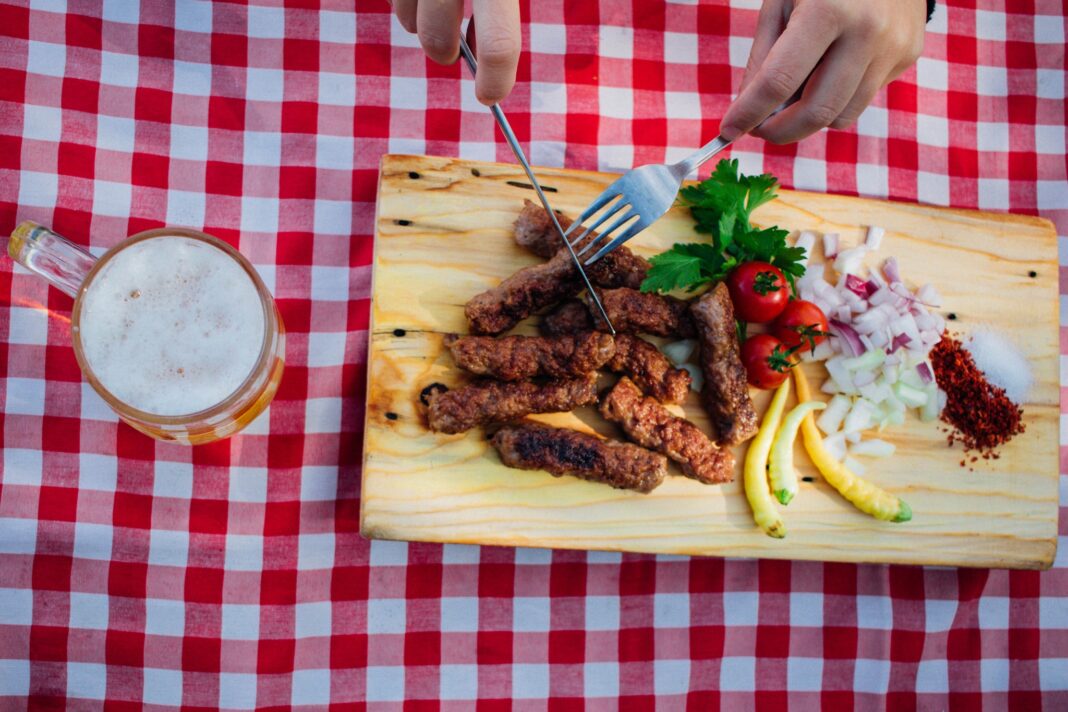Boy, do I know how to pick balmy midwinter holiday destinations. Not exactly, but what we’ll be lacking in sun-drenched beaches, there’ll be compensation in fascination.
At first, it seems almost simple: North Macedonia is a mountainous landlocked country in the Balkan region of Southeast Europe, bordering on Greece, Albania, Bulgaria, Kosovo and Serbia. These are mysterious lands that somewhat inaccurately conjure visions of Ottoman-era Hatfields and McCoys.
Simple enough, except that Macedonia isn’t ever easy to define. One of my favored axioms applies: Macedonia is a state of mind — but whose? Trust me; there is no shortage of volunteers standing by to assist in deciding.
Macedonia is an ancient region, a former component of modern Yugoslavia, a contemporary aspirant to the European Union, and a place populated by a distinct ethnic group, unless they’re not North Macedonians but resident Albanians and Bulgarians, or those Macedonians living outside North Macedonia in vicinities claimed by surrounding countries, in which case all bets are off.
Small wonder the Kiradjieff brothers, who were Macedonian, came to Cincinnati and invented the style of chili so many readers love, including me, and numerous others love to hate, and accordingly perhaps even the saga of the Kiradjieffs isn’t simple at all. They were Macedonians born during the period of Ottoman Empire control, in what were considered Bulgaria lands, and the chili seasoning they pioneered in the Queen City often is blithely assumed to be Greek.
Time to pop a quick Tylenol and read the following quotes, which might even contribute to a level of Macedonian clarity, although this is admittedly a denar coin toss.
“The Balkans, corresponding partially with the Balkan Peninsula, is a geographical area in southeastern Europe with various geographical and historical definitions. The region takes its name from the Balkan Mountains that stretch throughout the whole of Bulgaria.” — Wikipedia
“Macedonia, the inspiration for the French word for ‘mixed salad’ (macedoine), defines the principle illness of the Balkans: conflicting dreams of lost imperial glory. Each nation demands that is borders revert to where they were at the exact time when its own empire had reached its zenith of ancient medieval expansion.” — Robert D. Kaplan, in his book Balkan Ghosts: A Journey Through History (1993)
“The ancient hatreds thesis, which holds that Yugoslavia disintegrated in war because its constituent peoples have always hated and killed each other, has become a trope of explaining the place. It has also been dismantled over and over by generations of scholars and policy wonks.” — Remembering Yugoslavia website
As I contemplate our imminent arrival in Skopje and later Ohrid, these being Macedonian locales I last visited in 1987 (my next “Hip Hops” column will offer a more thorough flashback), my thoughts turn as always to food and drink, and we’ll be consulting Taste Atlas for a thorough list of the possibilities: Top 30 Macedonian Foods.
Sarma, polneti piperki and čorba od kopriva are enticing options from the outset, and I well remember a kebab experience those many years ago in the Old Bazaar. There are a few craft beer bars in Skopje, as well as Irish pubs (also in Ohrid; the Irish diaspora is real, and not a green-colored beer among them).
I believe we’ll find something to eat, even if it is not Cincy-style chili. Today’s cover photo credit goes to North Macedonia’s official tourism website.
—
“Edibles & Potables” is Food & Dining Magazine’s Sunday slot for news and views that range beyond our customary metropolitan Louisville coverage area, as intended to be food (and drink) for thought.
Last time:
Edibles & Potables: On tariffs, food costs and rough sailing ahead























